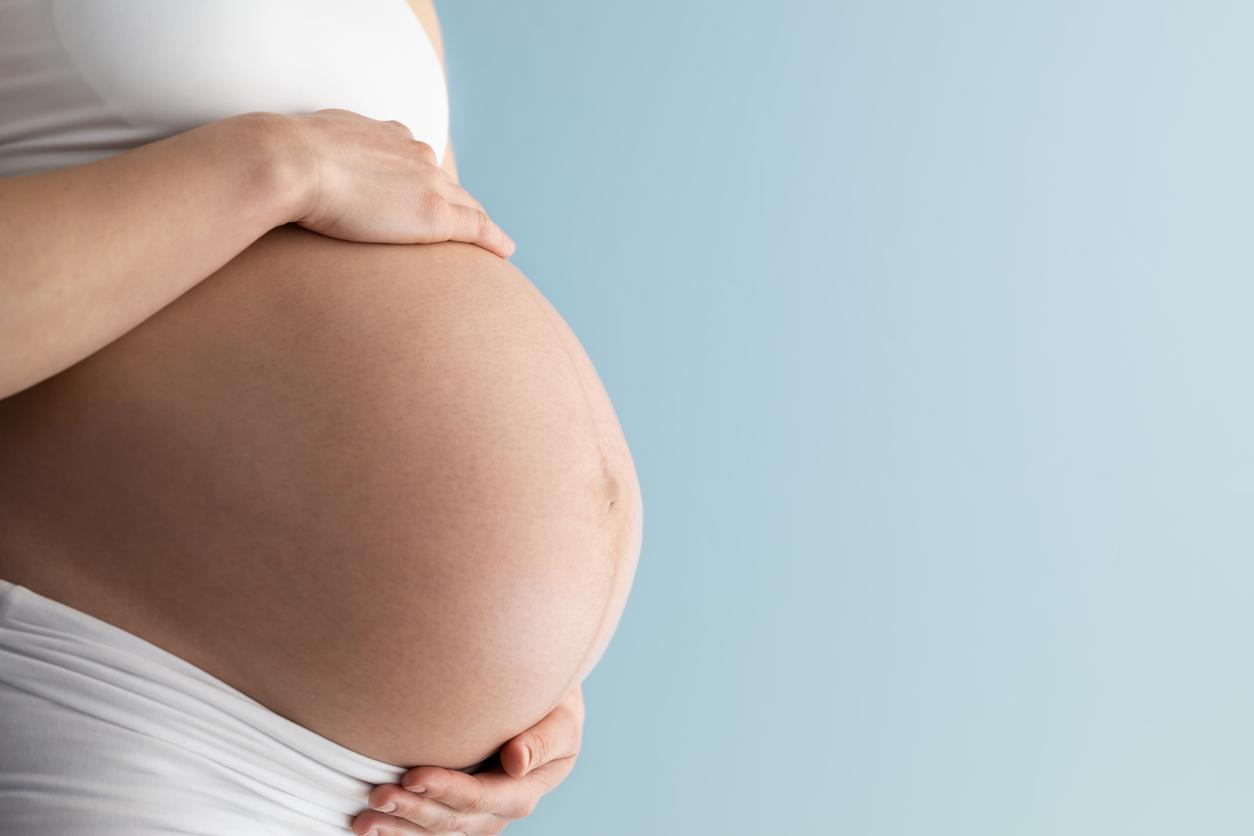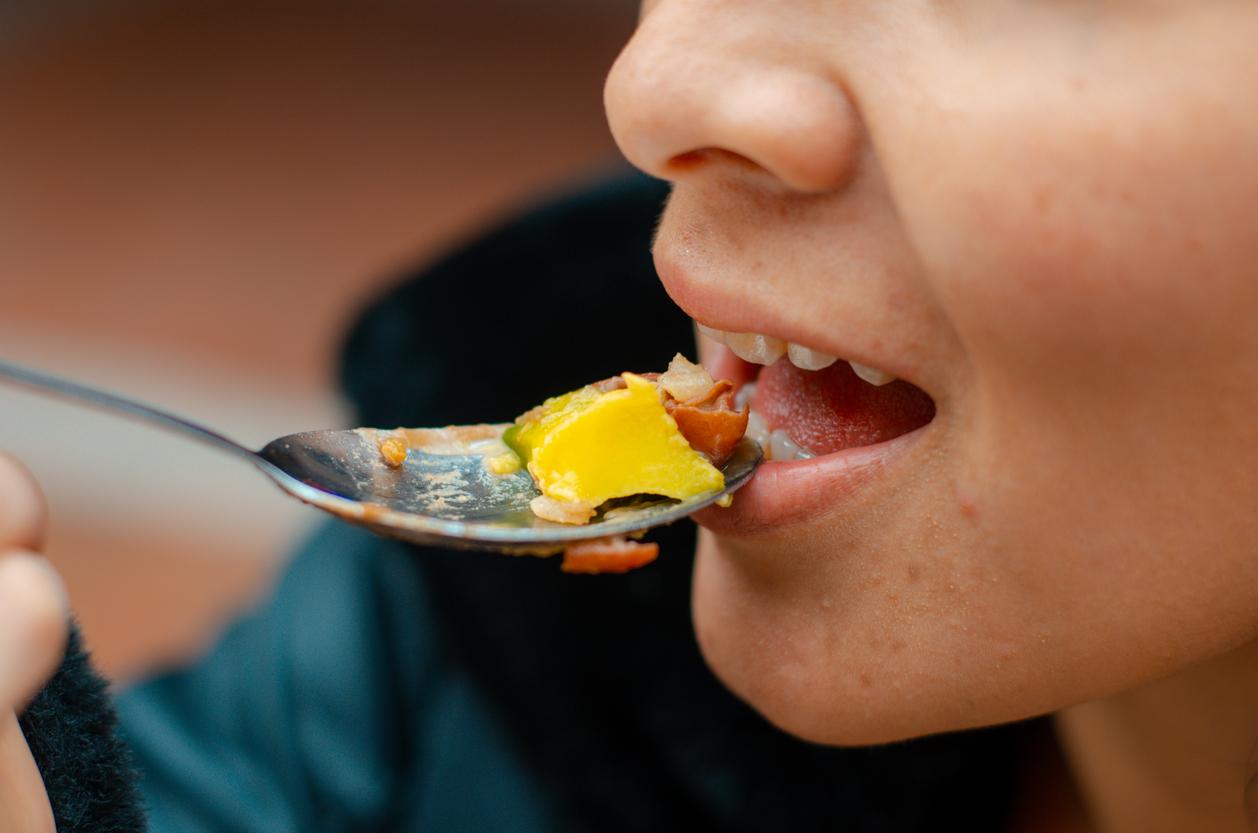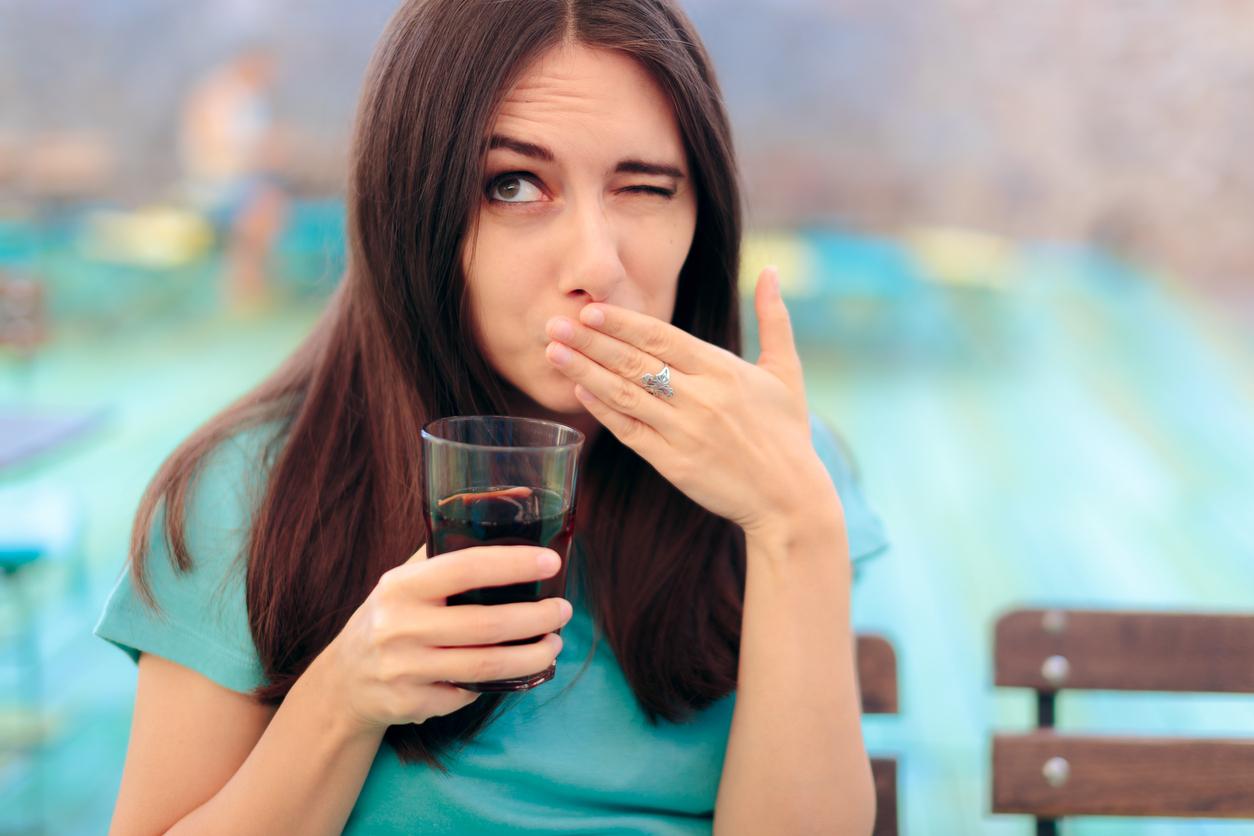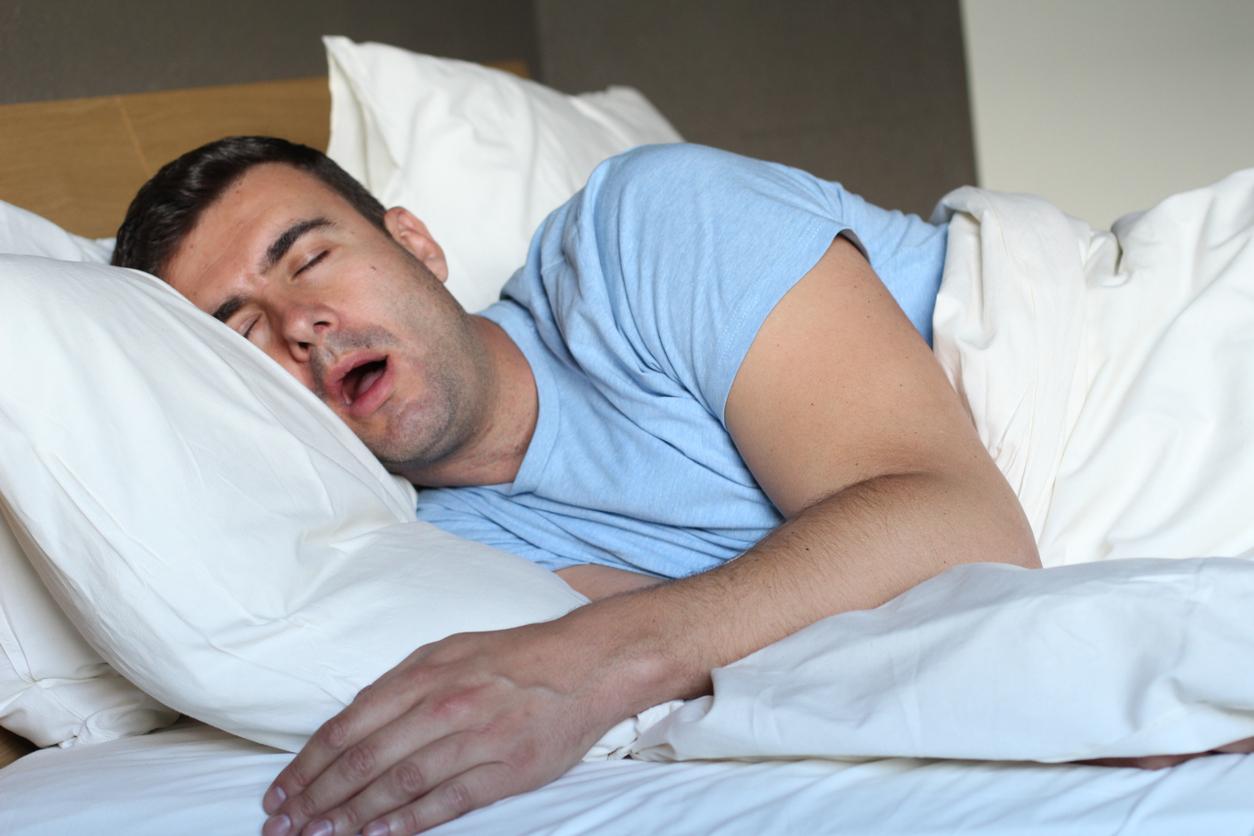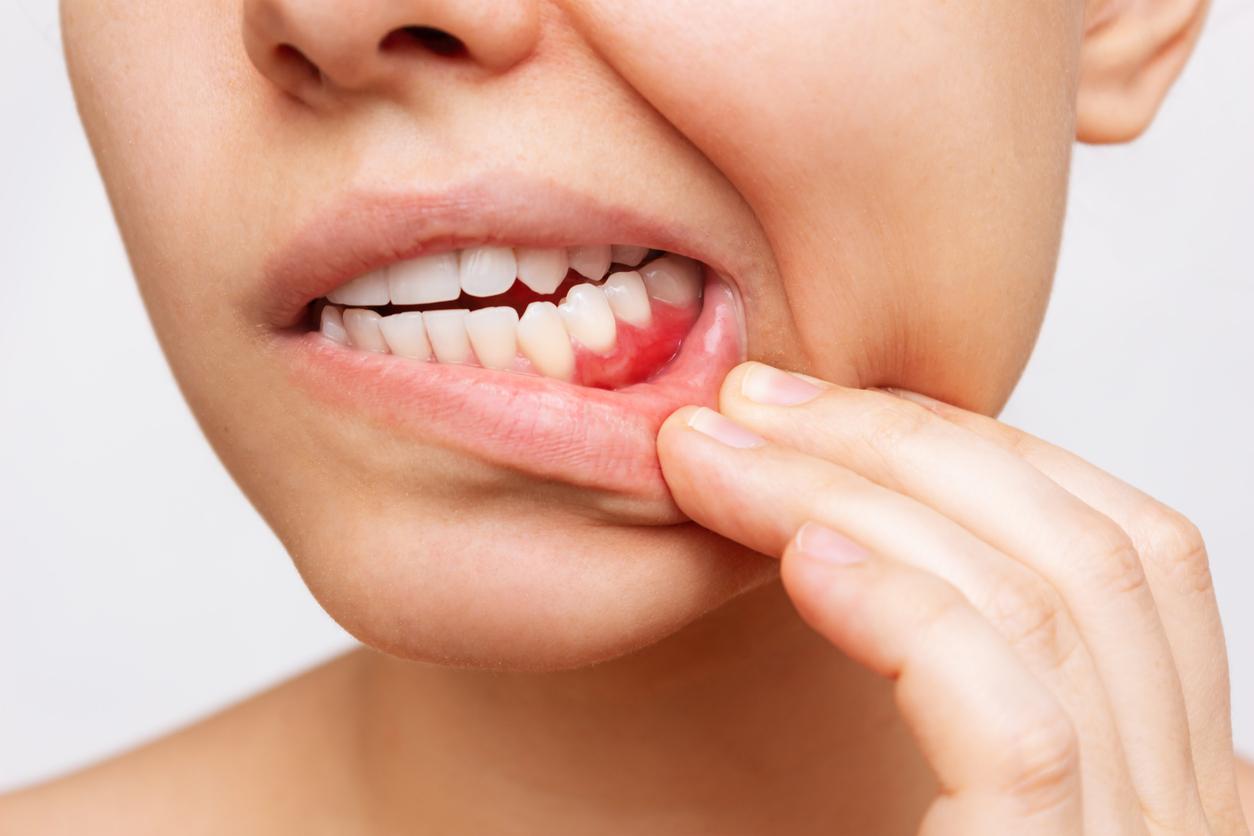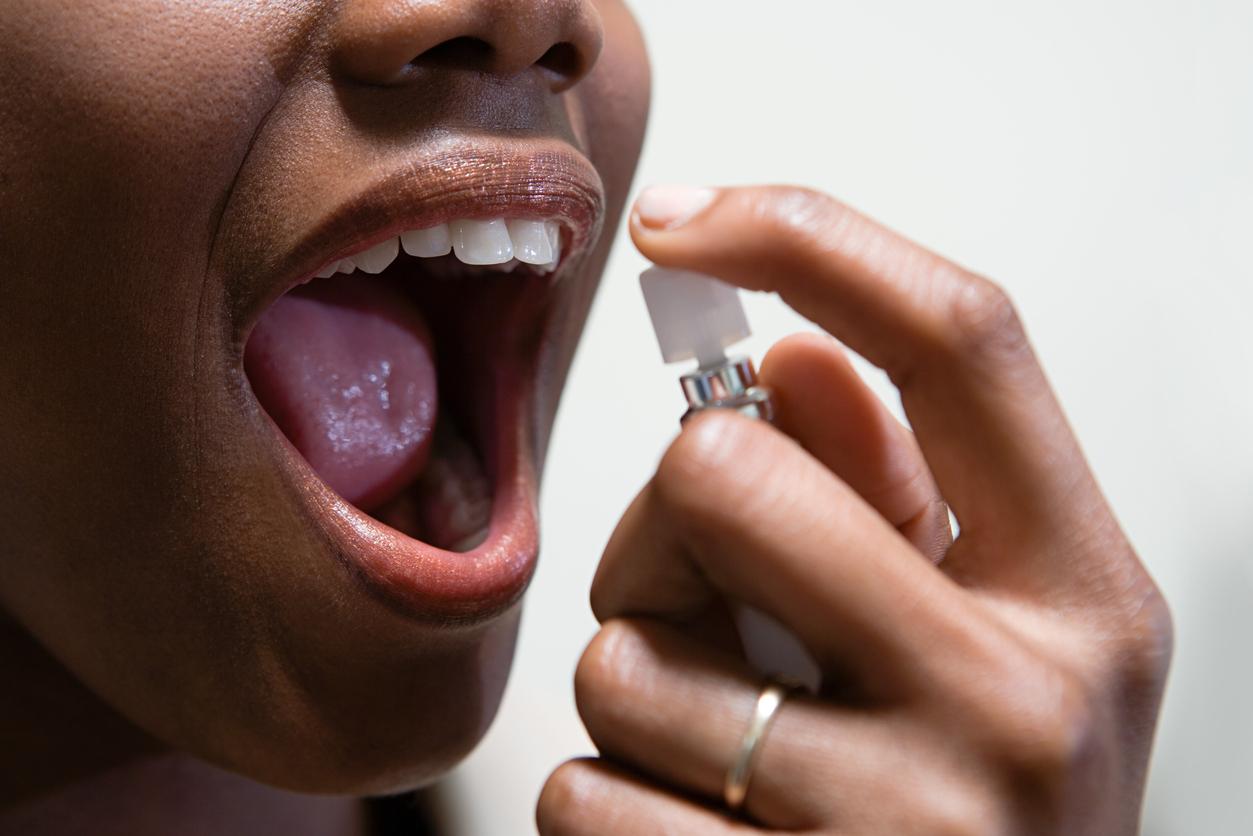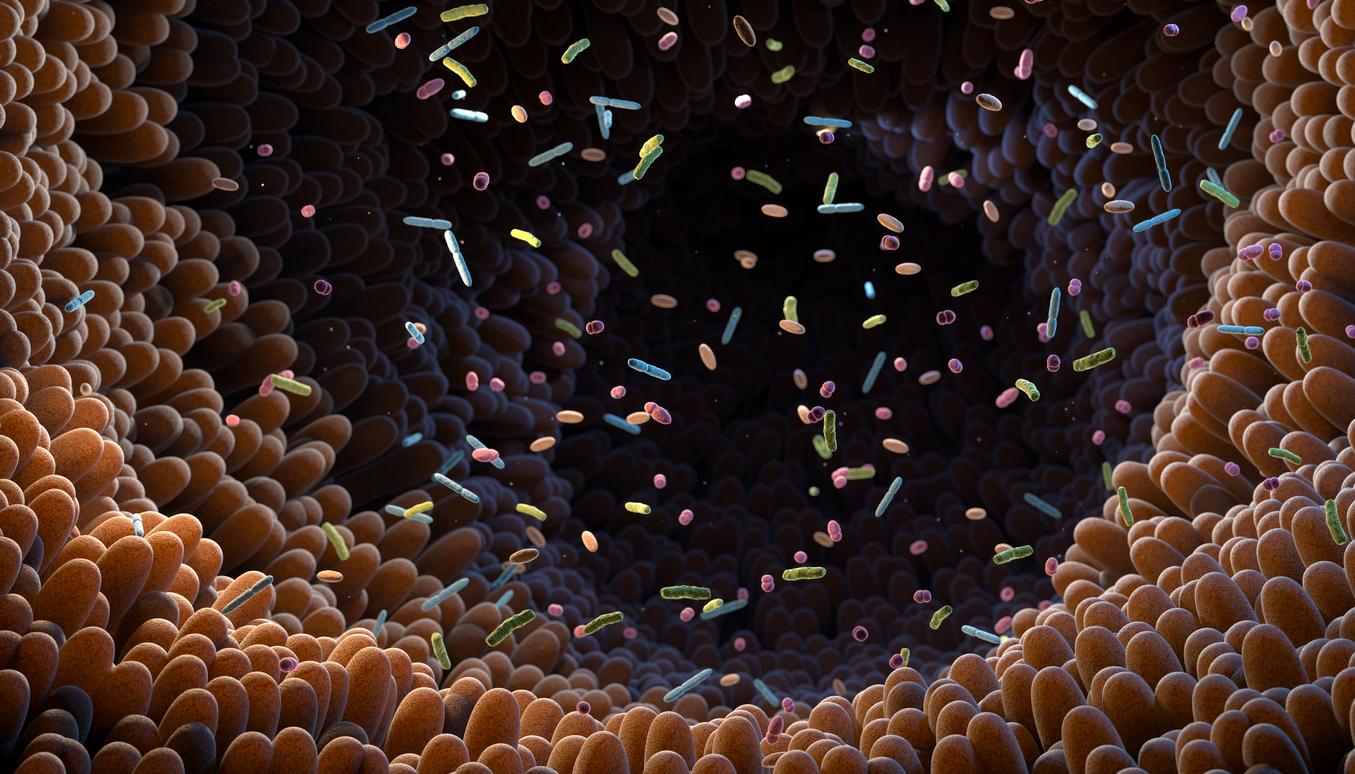
4 ways to disinfect your mouth cap
Since the corona outbreak, many people now prefer to use a cotton, non-medical mouth cap that you can reuse. Good for the environment and safe, provided you disinfect it properly after each use so that viruses don’t get a chance to spread. There are four responsible ways to do that.
1. Wash at 60 degrees
It is best to wash a textile mouth cap after each use at 60 degrees with the washing machine and on a full washing program. The advice is to wash only with detergent and not to add fabric softener. Washing only one or a few caps at such a high temperature is just not so environmentally friendly.
2. Make a (boiling) hot hand wash
Marcel Zwietering, professor of food microbiology at Wageningen University, advises in Fidelity to – if you don’t like a machine wash – put your cap in a good hot hand wash of tap water and soap. “The hot water spreads easily throughout the mask. And with a hand wash you use less water and electricity, while it is just as effective,” says Zwietering.
How do you know if you’ve got the right temperature? Simple: if the water is so hot that you can’t get your fingers in it, it’s hot enough to make the virus harmless. That will be about 60 degrees. According to the professor, boiling water, even without soap, is also possible, but then the fabric of the mouth cap can shrink. Do not take your cap out immediately, but let it soak for a few minutes.
3. Use a garment steamer or steam iron
Are you short on time? Then there is an even simpler method. If you have a clothes steamer or steam iron at home, you can put it on your hood for half a minute. You also kill the bacteria. The disadvantage is that your cap is not clean. There is still dirt such as make-up residue or sebum, so don’t do this too often.
4. Leave your mouth cap in the sun
According to experts, the coronavirus does not tolerate sunlight well. So you can just leave your cap in the sun in good weather, with or without a good wash or steam beforehand.
It also appears that UV-C light – a strong type of radiation from UV light – can fight bacteria and viruses, but you would need a special disinfection device have to have. These devices are already being used in hospitals, but are not (yet) available for daily use.
What better not to do?
In addition to the above methods, there are also other ways that people use to clean their mouth caps. Unfortunately, these are not so responsible or even ineffective at all, so it can be harmful. For example, people try to get rid of bacteria and viruses by putting it in the microwave to do, to freeze or to disinfect with alcohol (ethanol).
The first two methods either do not work or are insufficient. “To deactivate the virus in the microwave, you need water and heat. There is heat in the microwave, but it is dry. There is no water,” says Zwietering. He also thinks that freezing doesn’t make much sense. “That only works if you want to neutralize higher life forms, such as parasites.” A virus is not really ‘live’ and can have those low temperatures.
There is something to be said for the latter method, but according to Zwietering you should do this thoroughly. “You need a bath of at least 70 percent ethanol. Just wiping with a cloth won’t work.” So you would have to have a lot of ethanol at home. Moreover, hanging above a bath with ethanol vapors is not very pleasant and also not good for your health.
Sources):







